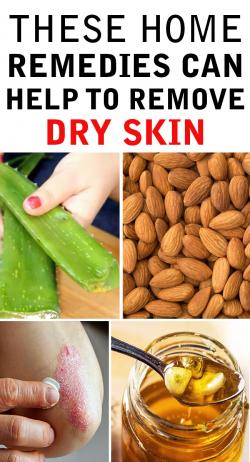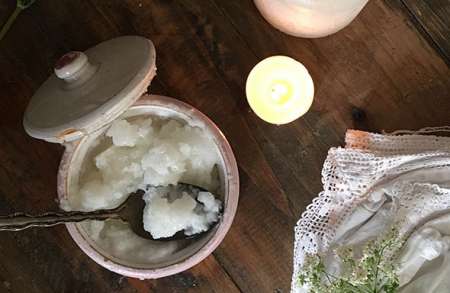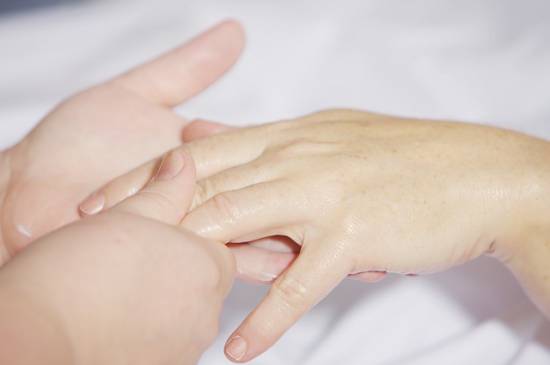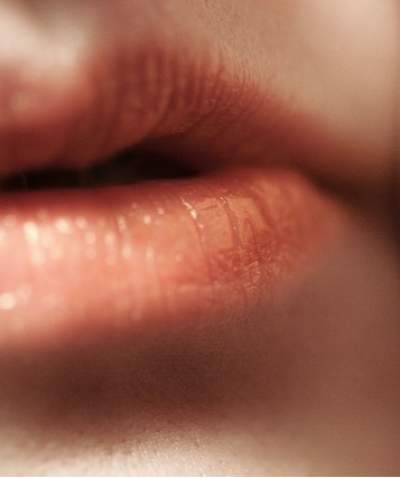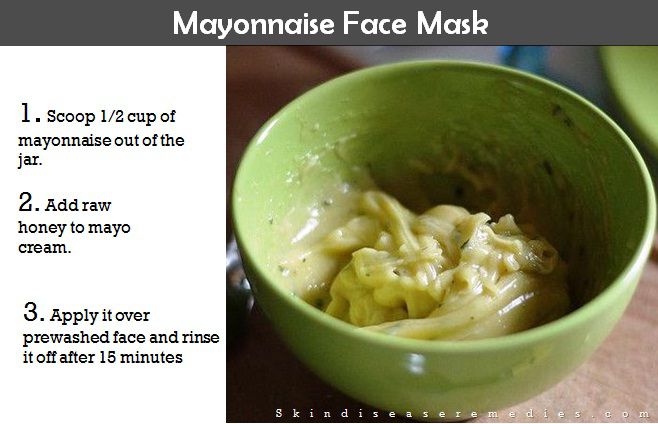Dry skin in the ears is a common issue that can lead to discomfort, itchiness, and irritation. This condition can affect anyone, regardless of age or skin type, and it can arise from various factors. Understanding the causes, remedies, and prevention methods can help you maintain healthy skin in and around your ears. In this blog, we will explore the causes of dry skin in the ears and provide eight effective home remedies to alleviate the issue.
What Causes Dry Skin in Ears?
- Environmental Factors
Exposure to harsh weather conditions, such as cold temperatures, low humidity, and wind, can lead to dry skin in the ears. Seasonal changes can also exacerbate dryness. - Skin Conditions
Certain skin conditions, such as eczema, psoriasis, or dermatitis, can cause dryness and irritation in the ear area. These conditions often require specific treatments to manage symptoms. - Allergic Reactions
Allergies to certain substances, such as cosmetics, soaps, or even jewelry, can result in dryness and irritation in the ears. This is often accompanied by redness and itching. - Improper Cleaning
Using cotton swabs or other objects to clean the ears can damage the skin and lead to dryness. Over-cleaning can strip the skin of its natural oils, resulting in irritation. - Infections
Fungal or bacterial infections can cause dry, flaky skin in the ears. These infections may require medical treatment to resolve effectively. - Lack of Moisture
Not moisturizing the skin in the ear area can lead to dryness. The skin in this region is sensitive and can easily become dehydrated. - Hormonal Changes
Hormonal fluctuations, such as those occurring during pregnancy or menopause, can affect skin hydration levels and contribute to dryness. - Underlying Health Issues
Certain medical conditions, such as diabetes or thyroid disorders, can affect skin health and lead to dryness.
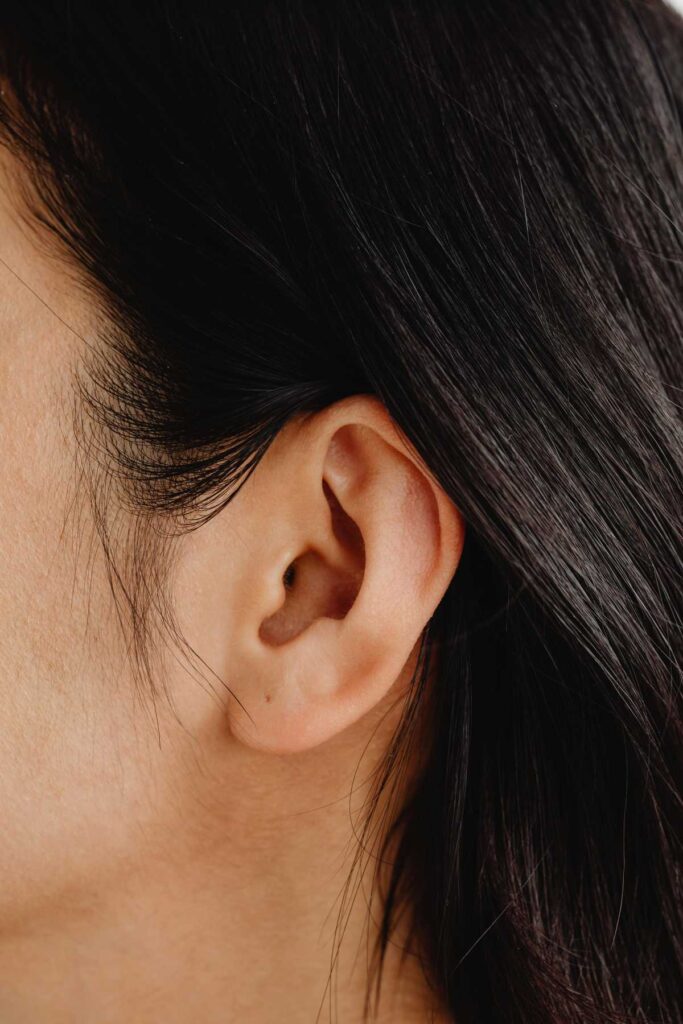
8 Home Remedies for Dry Skin in Ears
- Coconut Oil
Coconut oil is a natural moisturizer that can help soothe dry skin. Apply a small amount of coconut oil to the affected area using a cotton ball or your fingertip. Its anti-inflammatory properties can also help reduce irritation. - Olive Oil
Olive oil is another excellent natural moisturizer. Warm a few drops of olive oil and gently massage it into the dry skin of the ears. This will help lock in moisture and promote healing. - Aloe Vera Gel
Aloe vera has soothing and hydrating properties, making it ideal for dry skin. Apply pure aloe vera gel to the dry areas in and around the ears to alleviate irritation and promote healing. - Oatmeal Baths
Oatmeal is known for its skin-soothing properties. You can make an oatmeal paste by mixing ground oatmeal with water and applying it to the affected areas. Leave it on for 15-20 minutes before rinsing off. - Humidifier
Using a humidifier in your home, especially during dry winter months, can add moisture to the air and help prevent dry skin. This is especially helpful if you live in a dry climate. - Avoid Irritants
Identify and avoid products that may irritate the skin in your ears. This includes harsh soaps, shampoos, and cosmetics. Opt for hypoallergenic and fragrance-free products whenever possible. - Hydrate
Drinking enough water is essential for maintaining skin hydration. Aim for at least 8 glasses of water per day to keep your skin hydrated from the inside out. - Gentle Cleaning
When cleaning your ears, be gentle. Avoid using cotton swabs inside the ear canal. Instead, use a damp cloth to wipe the outer ear and keep the area clean without causing irritation.
Prevention Tips
- Moisturize Regularly
Make it a habit to apply moisturizer to your ears after bathing or showering. This will help lock in moisture and prevent dryness. - Wear Appropriate Clothing
In cold or windy weather, protect your ears by wearing hats or earmuffs. This can help shield the skin from harsh environmental factors. - Limit Hot Showers
While hot showers can be relaxing, they can also strip your skin of natural oils. Opt for lukewarm water instead and limit your shower time. - Maintain a Healthy Diet
A balanced diet rich in vitamins and minerals can contribute to overall skin health. Include foods high in omega-3 fatty acids, such as fish and flaxseeds, which can help keep your skin hydrated. - Consult a Dermatologist
If dry skin in your ears persists despite home remedies, consult a dermatologist for professional advice. They can identify underlying skin conditions and recommend appropriate treatments.
Conclusion
Dry skin in the ears can be uncomfortable, but with the right understanding and care, it can be effectively managed. By identifying the underlying causes and incorporating home remedies into your skincare routine, you can soothe irritation and maintain healthy skin. Remember to be gentle with your ears and prioritize hydration to prevent dryness in the future. If symptoms persist, don’t hesitate to seek professional help for tailored advice and treatment. Your ears deserve the best care for healthy, comfortable skin!

